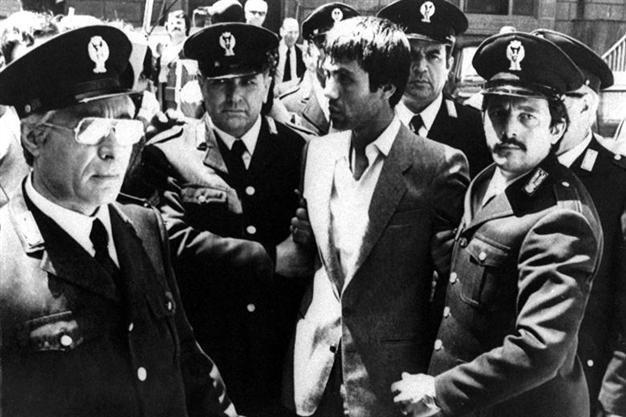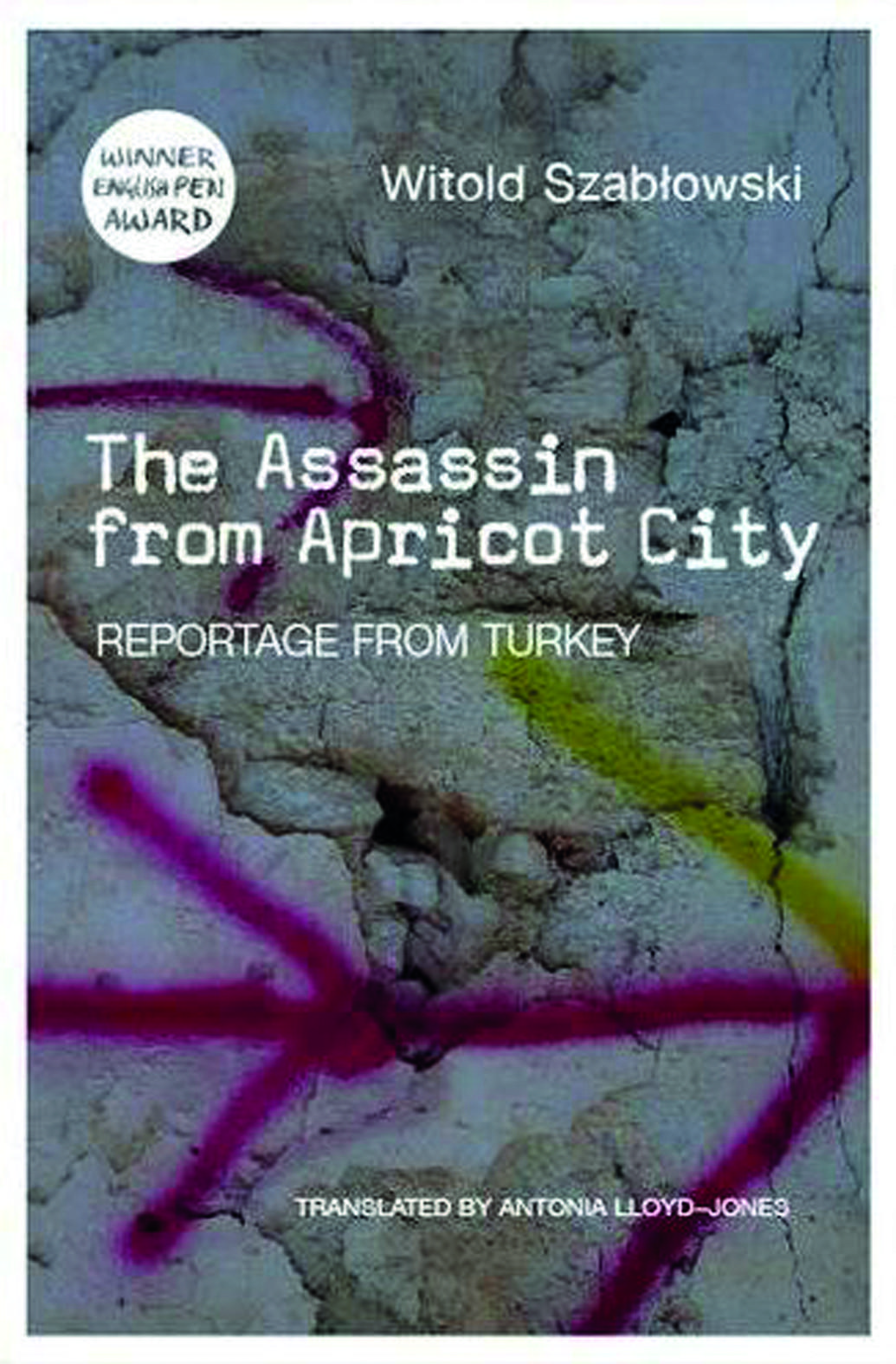Witold Szablowski’s reportage from Turkey
William ARMSTRONG - william.armstrong@hdn.com.tr
 ‘The Assassin from Apricot City: Reportage from Turkey’ by Witold Szablowski, translated by Antonia Lloyd (Stork Press, $15, 202 pages)
‘The Assassin from Apricot City: Reportage from Turkey’ by Witold Szablowski, translated by Antonia Lloyd (Stork Press, $15, 202 pages)Turkey’s greatest 20th century poet, Nazım Hikmet, was a third generation immigrant of aristocratic Polish stock. In his masterpiece, “Human Landscapes from My Country” (Memleketimden İnsan Manzaraları) Hikmet cast his eye over the panorama of the embattled young Turkish Republic and painted an epic picture of its teeming life. Consciously or not, Witold Szablowski’s “The Assassin from Apricot City” takes inspiration from Hikmet’s great poem, applying its spirit to modern-day Turkey. Its epigrammatic chapters brim with colorful characters from across the country’s varied human landscapes, which the Polish journalist has come to know intimately after many years on the beat.
 There’s a short section on Hikmet at the end of the book, but the focus mostly remains fixed on the present. Szablowski has great affection for Turkey, but never flinches from its many failings, and takes an original look at some of its thorniest issues: Honor killings, African migrants perishing on the way to Europe, fugitive prostitutes, the political implications of mustache shapes. Szablowski’s laconic style, as rendered by translator Antonia Lloyd-Jones, is simultaneously detached and affectionate, with a keen eye for irony but without scorn, arrogance, or sneering.
There’s a short section on Hikmet at the end of the book, but the focus mostly remains fixed on the present. Szablowski has great affection for Turkey, but never flinches from its many failings, and takes an original look at some of its thorniest issues: Honor killings, African migrants perishing on the way to Europe, fugitive prostitutes, the political implications of mustache shapes. Szablowski’s laconic style, as rendered by translator Antonia Lloyd-Jones, is simultaneously detached and affectionate, with a keen eye for irony but without scorn, arrogance, or sneering. The title comes from a less auspicious connection between Turkey and Poland than Hikmet. In 1981, Mehmet Ali Ağca, a young ultra-nationalist from Anatolia’s apricot capital Malatya, shot four bullets into Pope John Paul II in the Vatican, which the late pontiff miraculously survived. In a central section of the book, Szablowski goes on Ağca’s trail, finding his family and letting the peculiar facts of the tale speak for themselves. Without irony, Ağca’s lawyer describes John Paul II as “a great man, the greatest that ever lived on this earth” and says that his would-be assassin “misses him very much.” As with so much in Turkey, it’s almost impossible to get your head around, but it’s enjoyable to try.
In Turkey, a surreal turn of events is never far away. Neither fully European nor fully Middle Eastern, It is at home both everywhere and nowhere, and while this can be a source of strength it can also lead to crippling neuroses (as reflected by the xenophobic motto: “The Turk has no friend but the Turk”). Ninety years on, the country still carries around the trauma of the fall of the Ottoman Empire, which, as Szablowski shows, is perhaps what gives rise to both the hubris and insecurity that characterize so much about it today.
Szablowski is sometimes seduced by the cliché of a Turkey trapped between East and West, but he knows that such simplifications tend to obfuscate rather than enlighten. Looking out on Istanbul’s Bosphorus, he reflects that “the whole of Turkey is torn in half by an invisible strait,” but part of what makes “The Assassin from Apricot City” a success is the way it complicates supposedly rigid divisions. The people it describes emerge in various shades of grey, which is perhaps one mark of good journalism.
Notable recent release

‘Prisons in the Late Ottoman Empire: Microcosms of Modernity’ by Kent F. Schull
(Edinburgh University Press, £70, 240 pages)










